The Federation of New York Housing Cooperatives & Condominiums recently held a roundtable seminar for board presidents and board members at the New York Hall of Science in Queens. The October 24th event attracted around 50 people and panelists discussed a number of timely issues, including pest control, new rules for lead paint, graffiti, laundry and storage systems, chemical water treatment options, and mandated energy audits.
Don’t Bug Me
The hot topic of the day (not including the Dunkin’ Donuts’ coffee and bagels) was the recent resurgence of bed bugs in city buildings. Jim Skinner of A&C Pest Management in East Meadow spoke about the problems associated with eradicating the nearly microscopic insects, which are making their appearance nightly in many a co-op and condo building.
In the 1930s, said Skinner, one in every three homes had bed bugs, and harsh chemicals that are not allowed today were used to get rid of them. Today, the bugs are back with a vengeance, and a variety of treatments -- ranging from chemical sprays to steam to canines to intense thermal radiation -- are used to rid an infestation.
The newest and most effective treatment, said Skinner, involves thermal radiation. The affected room is heated to a temperature of 135 degrees, which effectively kills the bed bugs and their eggs. Trained dogs are brought in afterwards to certify that the bed bugs are dead, he said.
Bed bugs, he explained, are hard to find, although telltale signs are black dots or droppings in and around the mattress and bed covering and little specks of blood from their feedings. They regularly move from place to place to stay hidden and like warm places to nest. They can walk 100 feet in one night, and females can lay 5 to 7 eggs at a clip.
Don’t Get Tagged
FNYHC Executive Director Greg Carlson updated the audience on new and pending legislation forthcoming from Washington, D.C., the state Assembly and the New York City Council.
Carlson said changes are pending to the so-called graffiti bill (initially passed by the City Council in December 2005). The new legislation will amend the current “Graffiti-free” bill enabling the organization known as Graffiti Free NYC to mandatorily remove graffiti from buildings. Currently, in order for residential and commercial buildings to receive free graffiti removal services from Graffiti Free NYC, the building owner must submit a waiver giving permission and allowing the Graffiti Free NYC crew permission to clean the building.
Based on the council’s amended legislation, instead, a building owner will submit a form to the city only if they wish to retain the graffiti on the building or opt to remove it themselves. Once the building is identified for graffiti removal, the city will notify the building owner. The owner will then have 35 days to opt out of the removal, request the graffiti remain there, or ask to remove it themselves.
“You as the owner have 30 days to respond to that notice,” explained Carlson to those in attendance. “You may either A) say OK, I’ll clean it. B) No, I want you, the city of New York to clean it. Or C) I need another 15 days to respond. If there’s no response, it automatically turns into a violation.”
“You also may say ‘No, I like this grafitti, I commissioned this graffiti, I want it to stay on my building.’ You can answer it that way,” continued Carlson. “But if you don’t do anything, it automatically turns into a violation and you have to go to an ECB hearing and the fine is $300.”
Getting the Lead Out
Carlson also spoke about some new federal lead paint regulations proposed by the U.S. Department of Environmental Protection (EPA), which will affect every single homeowner that lives in a pre-1978 single- or multi-family home.
“The second and most important thing is that on 2010 Earth Day, we’re all going to be under new rules and regulations from the federal government on a pesky little thing called ‘lead paint.’ ”
Carlson said that under Local Law 1, pre-1960 buildings and owner-occupied cooperatives were carved out. “You did not have to do anything much. When you get to the federal EPA law that goes into effect 4/22/10, all that is gone. Because it’s going to be pre-‘78 buildings—so it’s much more population—and it does not exempt co-ops and condominiums.”
The EPA is requiring that a certified renovator or lead paint specialist be used in all situations involving renovations where older lead-based paint will be uncovered or disturbed, Carlson continued. “What it means is that if you have somebody touching in square feet—6 square feet on a wall—disturbing the paint in a pre-’78 building that is not certified lead-free, you have to use whether it’s your staff or an outside contractor, you have to use an EPA-certified lead paint supervisor."
Because of the proposed new rules, Carlson said the Federation is planning to commission an EPA-certified trainer to provide classes to building staff and managers so that they too could become trained as well. He said that lead paint is one type of exclusion often put into insurance policies these days and boards must get a separate rider if they want coverage.
“My advice: I’m not advocating it, but I would think about it is those buildings built between 1960 and 1978 to consider getting a test to certify your building as lead-free, and then you don’t have to worry about anything.” Carlson added that his own building—built in 1965—is certified as lead-free.
The law applies to interior apartment renovations as well as common areas. Therefore, if anyone is renovating their own apartment and using a private contractor, that contractor must also be EPA-certified, Carlson said.
The original legislation was passed 10 years ago but never enforced by EPA until now, he said, adding that the scope of the federal law far exceeds New York City law. Not only does the federal law apply to any apartment that has a child under the age of 6 living there, he says, but puts another caveat in to protect women that are pregnant.
The burden of proof is ultimately on the owner. In a cooperative corporation, the board of directors is typically deemed the owner whereas in a condo, the unit owner is responsible. So that means that every single co-op or condo in the New York area will have to review their renovation agreements, their rules and regulations, and so on. Co-ops, he says, might even consider amending their rules to shift the burden of responsibility to the shareholder.
The new rules mean that there will be more paperwork involved as well as the close scrutiny by the co-op’s managing agent or super. And, the kicker, he noted, is the enforcement aspect of the law. Anyone in violation could potentially face fines of $32,500 per day. “They’re going to bill you. They’re going to fine you as ABC Co-op Corporation.”
“Who’s going to determine whether there’s lead paint present? How are they actually going to make that determination?” asked Warren Schreiber, board president of Bay Terrace, a Queens co-op and a Federation member. “The reason I’m asking is because if it requires an engineer, we can actually charge that back to the shareholder. That would be part of their alteration clause.”
The inspection would involve sampling apartments, taking a look at the common areas, and making a determination as to the status of the building, Carlson said. If they find that all of the inspected apartments and areas are lead-free, then they can certify the building as lead-free. The downside, however, he said, is that if lead is found, it must be immediately disclosed and remedied.
There may be a lag time in regard to actual enforcement. They are just issuing licenses to certified trainers now, five months before the new law is scheduled to take effect, Carlson said. “This involves everybody, not just single-family homes.”
Fifi and Fido
Another thing on the City Council’s radar, said Carlson, is that New York City wants to propose a new local law permitting companion animals for senior citizens. Under the proposal, said Carlson, if your co-op or condo has a ‘no-pet’ policy, the animal would be allowed as long as the person was 62 years of age or older and had supporting documentation from a physician or other professional certifying the need. “No matter what your cooperative or condominium policy is, if you have a no-pet policy and they have a document saying they need it for companionship or for their emotional well-being, guess what, you can’t deny it.”
Carlson said the Federation has voiced its objection to the proposal, and that a co-op under the business judgment rule has some discretion in controlling its own affairs. “My point is that if a cooperative has a no-pet policy, let the board decide.”
On other matters, Attorney Geoff Mazel of the Manhattan-based law firm of Hankin & Mazel, PLLC, updated the membership on the status of Intro 967. This City Council-sponsored legislation, which is part of the Mayor Michael R. Bloomberg’s larger PlaNYC 2030, would require that all buildings including co-ops larger than 50,000 square feet undergo periodic energy audits. The caveat in the proposal is that if a building can be retrofitted to save energy with a project payback period of seven years or less, the building would have to do the project.
“You’d have to do whatever the energy audit recommends if the payback is seven years or less,” Carlson said. “I went to the City Council hearing and said ‘why doesn’t the city pay for all these band-aids?’ They replied that the city doesn’t have the money. “I looked at them and said ‘What do you think we can do? Do you think we have it?’ Our expenses in a co-op and condominium have gone up in the last few years—40 percent—because of real estate taxes, insurance, water and sewer, just those alone, and fuel, too.”
Carlson added that the dialogue with City Councilman James F. Gennaro, D-24, who represents portions of Queens, and other committee members, is continuing, and they are hopeful that a revised bill will be forthcoming. Mazel said he is working with Federation members and other co-op organizations to facilitate changes to the bills.
“We’re more regulated now than we ever were in our lifetimes,” Carlson said.
The Federation of New York Housing Cooperatives & Condominiums (FNYHC) will be holding a seminar discussion on the new lead paint rules at 10 a.m., December 12, 2009 at North Shore Towers in Floral Park. Contact them at 718-423-4438 or email mhsconsultants1@gmail.com for reservations and further information.
Debra A. Estock is managing editor of The Cooperator.



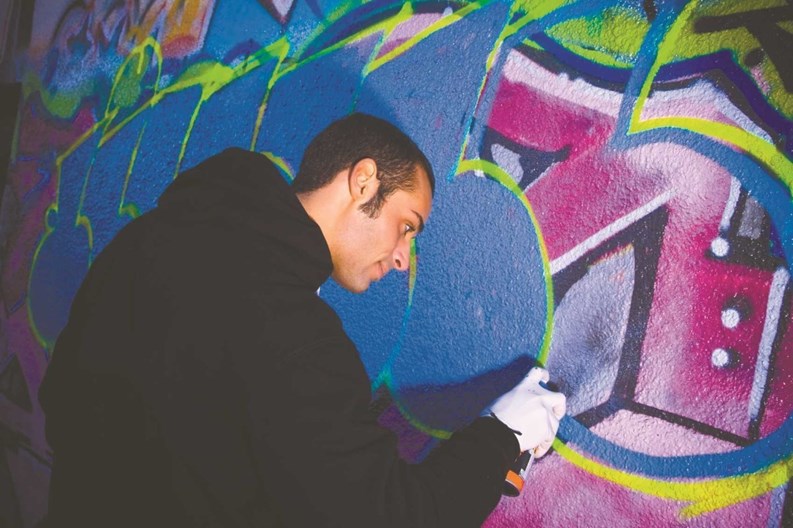
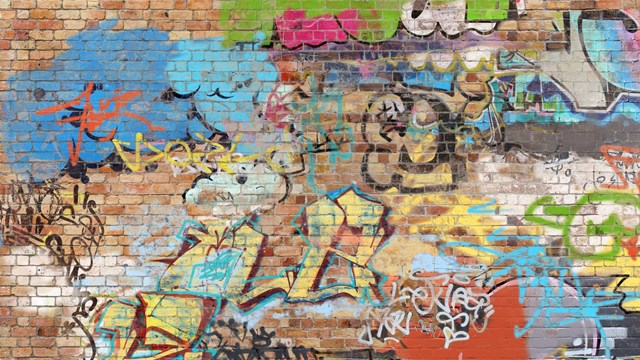
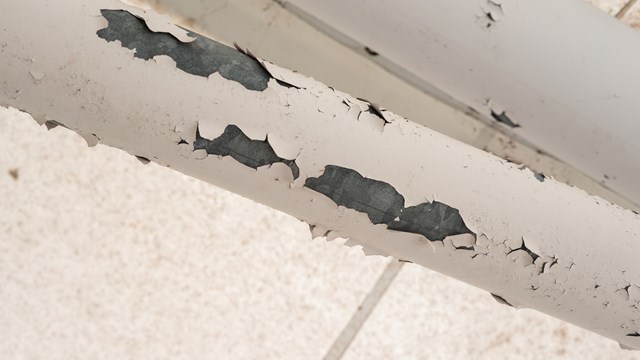
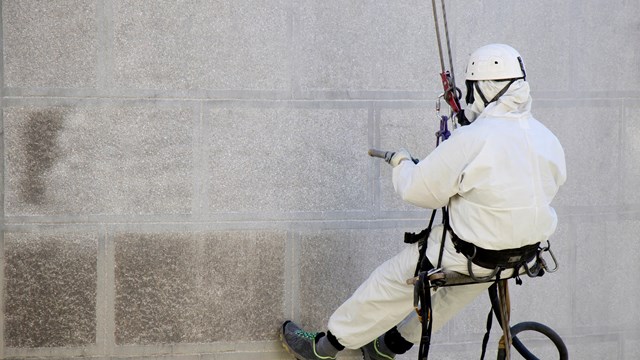
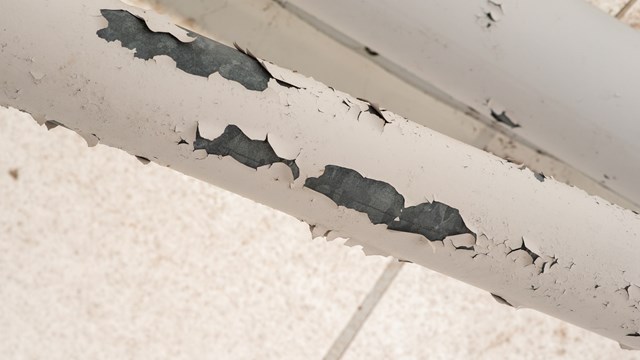
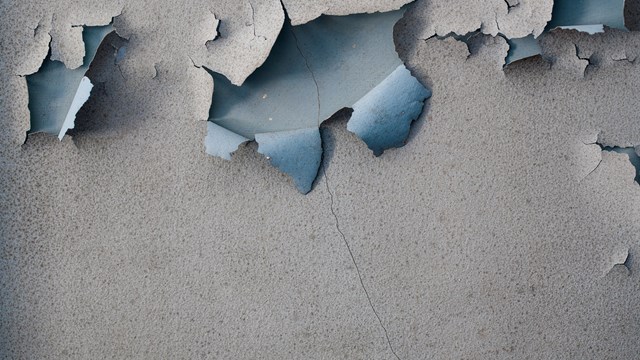

Leave a Comment